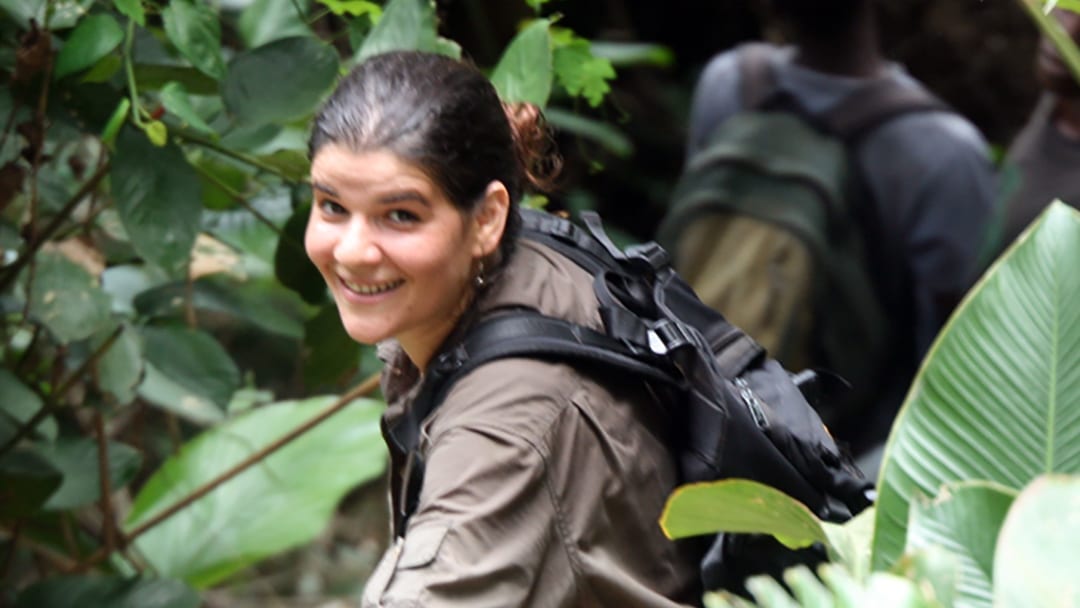Susana Carvalho, Ph.D.

I am an Associate Professor at the University of Oxford and a Fellow in Human Sciences at St Hugh’s College. Before this, I was a Post-doctoral scientist at the Center for the Advanced Study of Human Paleobiology, The George Washington University, and a Junior Research Fellow at Clare Hall College in Cambridge, while completing my Ph.D. in the Dept. of Archaeology and Anthropology at the University of Cambridge. I received a B.A. in Archaeology from Oporto University, and then a M.Sc. in Human Evolution from Coimbra University, both in Portugal. My Ph.D. fieldwork was at the interface between archaeology and primatology, supported by leading international funding sources such as the Wenner-Gren Foundation for Anthropological Research.
I am a Primatologist and Archaeologist interested in the evolution of human behaviour, with a particular emphasis on technology-related behaviours. My main focus of research has been on wild chimpanzee tool use and in the archaeology of the Pliocene. I am one of the founders of the field of primate archaeology. I have projects in East Africa (Kenya) and West Africa (Guinea). In 2015, I started a fantastic endeavour as Associate Director of Paleontology and Primatology in Gorongosa National Park, Mozambique. Located at the southern edge of the Rift Valley, Gorongosa is one of the missing pieces in the puzzle of human origins. The park combines geological characteristics of East and South Africa where key evidence of human evolution has been found.
Combining data from observing the behaviour of our closest living evolutionary relatives in Guinea with data from some of the earliest archaeological assemblages in Kenya is a fruitful avenue of research that is helping us build a better understanding of how particular technological behaviours may have evolved. Moreover, with the recent start of the Gorongosa research in Mozambique, we have the opportunity to explore one of the poorly known parts of the East African Rift Valley, where we seek to reconstruct the evolutionary history of this overlooked area. We will be using this very special modern mosaic habitat to model past environments where hominins may have evolved.
We are starting a new long-term field project – (PPP) PaleoPrimateProject Gorongosa – at one of the most ecologically diverse ecosystems in Africa, Gorongosa National Park. With habitats ranging from forest to grassland, and with about 200 troops of unstudied baboons, Gorongosa offers a unique opportunity for us to learn about primate adaptations to complex landscapes. The study of the non-human primates of Gorongosa will provide insights into how human ancestors adapted to similar landscapes in the past. Gorongosa is also likely to provide direct evidence of human ancestors and their adaptations. The study of living primates and the potential fossil sites provide a powerful impetus for long-term research and the establishment of a field school for students and staff of Mozambique Universities and elsewhere.